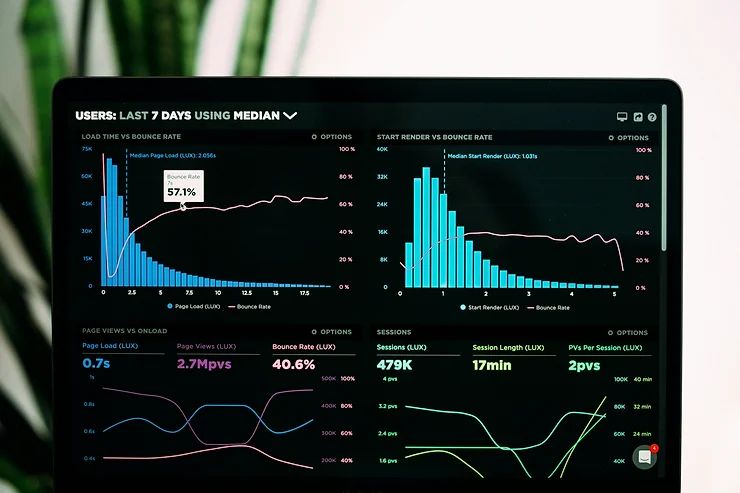
- October 24, 2024
Dive into Efficiency: Using Analytics for Streamlined Seafood Warehouse Management
Introduction
For seafood restaurants, the challenge of maintaining fresh, high-quality seafood while controlling costs is a constant battle. Warehouse managers face issues like perishability, fluctuating demand, and complex inventory management. However, data analytics offers a powerful solution to optimize seafood logistics and reduce waste. Armada, a leader in supply chain and logistics management, provides innovative solutions that address these challenges head-on.
The Challenges of Seafood Warehouse Management
Seafood warehouse managers encounter several hurdles:
-
Perishability
Seafood is highly perishable, requiring strict temperature control and quick turnover to maintain quality. Without effective management, spoilage can lead to significant losses.
-
Fluctuating Demand
Demand for seafood can vary based on seasonality, local events, and market trends. Managing inventory to match these fluctuations is crucial but challenging.
-
Complex Inventory Management
Seafood inventory is diverse, with different products having varying shelf lives and storage requirements. This complexity demands precise management to ensure freshness and minimize waste.
Harnessing the Power of Data Analytics
Data analytics provides actionable insights that can address these challenges effectively. By analyzing various data sources, seafood restaurants can enhance their warehouse management and logistics.
-
Demand Forecasting
Predicting future demand is essential for maintaining optimal inventory levels. By analyzing historical sales data and seasonality trends, managers can forecast the demand for different seafood types. This helps in pre-stocking the necessary quantities and avoiding stockouts.
-
Purchasing Optimization
Data analysis assists in identifying the best buying patterns and suppliers. Managers can use data on supplier performance, pricing trends, and historical purchase records to negotiate better deals, prevent overstocking on slow-moving items, and ensure timely delivery of popular products.
-
Stock Rotation
Implementing a first-in, first-out (FIFO) inventory management system is crucial for minimizing spoilage. Data insights can track product shelf life and inventory turnover rates, ensuring that the oldest stock is used first and reducing waste.
-
Logistics Optimization
Efficient delivery routes and storage practices are vital for maintaining seafood freshness. Data analytics can streamline logistics by identifying the most effective routes and storage configurations, thereby reducing transit times and ensuring seafood arrives in optimal condition.
Technology Recommendations
Several user-friendly data analytics tools can support seafood warehouse managers in implementing these strategies:
-
Tableau: Known for its powerful data visualization capabilities, Tableau helps create interactive dashboards that simplify data interpretation.
-
SAP Analytics Cloud: Offers comprehensive analytics features, including predictive analytics and planning tools, to enhance decision-making.
-
Power BI: Microsoft’s service provides robust data visualization and integrates seamlessly with various data sources.
-
Qlik Sense: An intuitive platform that allows users to explore and analyze data easily, providing valuable insights for better management.
Quantifiable Benefits
Utilizing data analytics in seafood warehouse management yields significant benefits:
-
Reduced Waste: Optimized inventory levels and effective FIFO systems can lower waste by minimizing spoilage.
-
Improved Inventory Accuracy: Accurate demand forecasting and stock rotation reduce the risk of overstocking and understocking.
-
Cost Savings: Enhanced purchasing strategies and streamlined logistics contribute to cost reductions and more efficient operations.
Real-World Examples
Here are examples of seafood restaurants that have successfully implemented data analytics:
-
New York Seafood Chain: By using demand forecasting, this chain reduced stockouts by 25% and waste by 15%.
-
California Supplier: Through logistics optimization, this supplier cut delivery times by 20%, ensuring fresher seafood for their customers.
Conclusion
Data analytics is no longer a tool reserved for large enterprises. Seafood restaurants, regardless of size, can harness the power of data to transform their warehouse operations, reduce waste, and optimize logistics. With accessible tools like Tableau, SAP Analytics Cloud, Power BI, and Qlik Sense, even small and medium-sized businesses can leverage analytics for improved efficiency.
Embrace data analytics to dive into efficiency and enhance your seafood warehouse management. Explore Armada’s innovative supply chain solutions to achieve better logistics, cost reduction, and a fresher, more profitable seafood offering.










